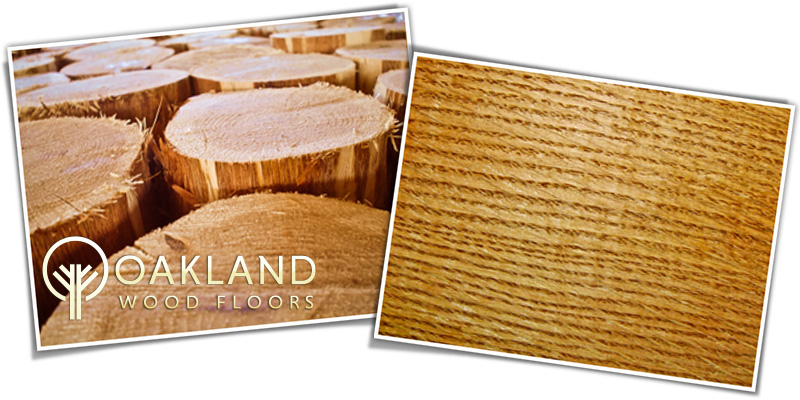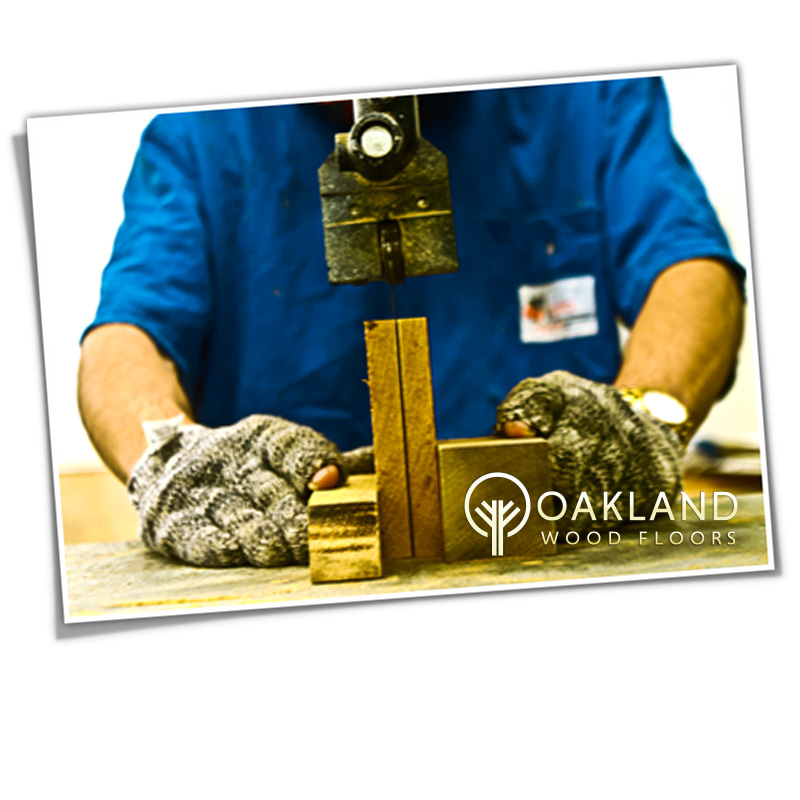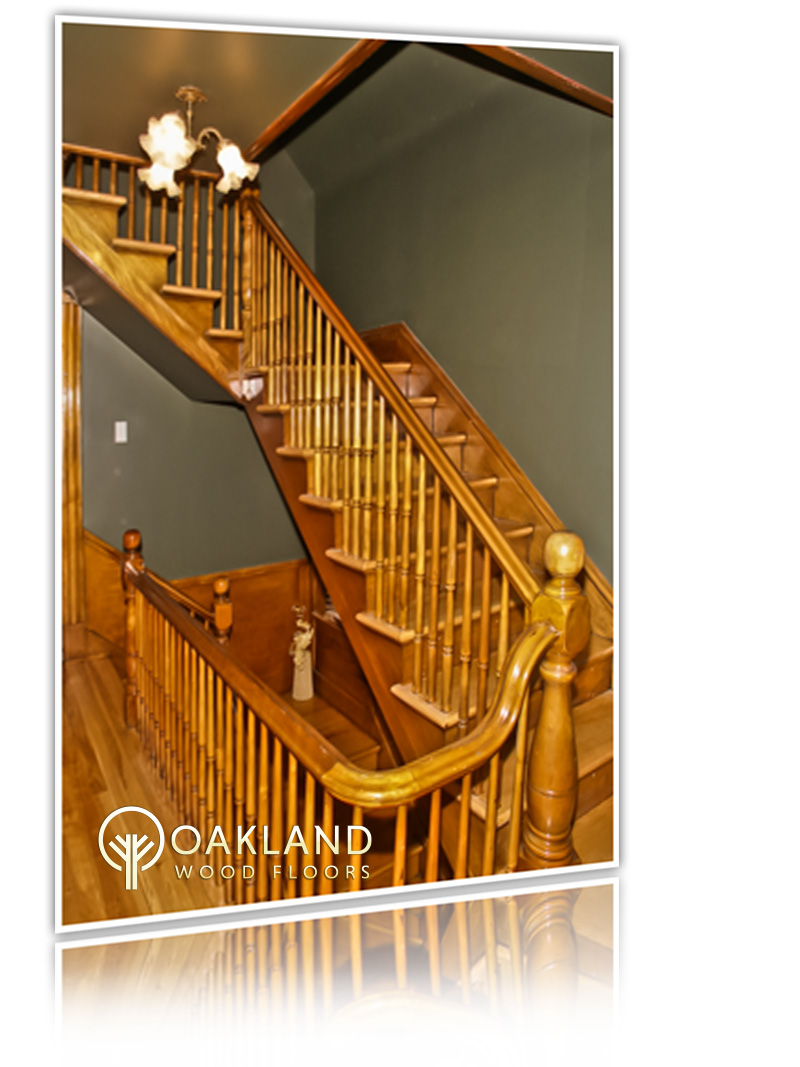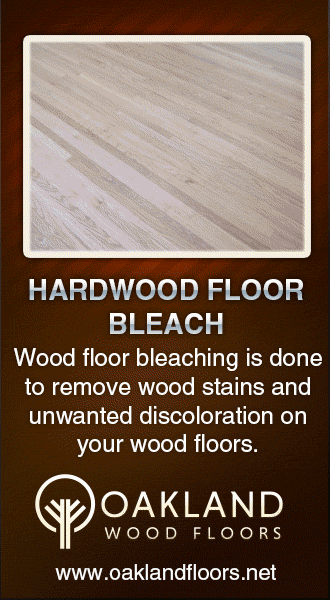
This just refers to generally anything that is related with the fibers in any given piece of wood. It is important to know that it refers to the arrangement of the fibers and it includes the overall surface pattern and the direction in which those fibers run. It is better to refer to grain as the general direction of the dominant longitudinal cells in a tree. It is the grain direction, as it were. When comparing the differences between earlywood and latewood, we are talking about grain, or grain direction. If the differences are fairly significant and not uniform, then you would have what is called an uneven grain. Conversely, a piece that has fairly little  contrast would be considered an even grained piece of wood. There are some woods that lie in between the two extremes, like eastern hemlock wood, for example. When a piece of wood is cut through the ends or transverse sections of cell vessels, it creates pores. Pores can only be found in hardwoods, and can be large and distinct like in red oak or be barely visible, even under magnification like in hard maple. Hardwoods can be classified in three different types of pore types: ring-porous, diffuse-porous, or semi-ring-porous. This is very important to note when you are deciding to stain your floors.
contrast would be considered an even grained piece of wood. There are some woods that lie in between the two extremes, like eastern hemlock wood, for example. When a piece of wood is cut through the ends or transverse sections of cell vessels, it creates pores. Pores can only be found in hardwoods, and can be large and distinct like in red oak or be barely visible, even under magnification like in hard maple. Hardwoods can be classified in three different types of pore types: ring-porous, diffuse-porous, or semi-ring-porous. This is very important to note when you are deciding to stain your floors.
No matter what species of wood is milled, it is still subject grain orientation which can really make or break the ability of the wood. There are three different types of grain orientation – plainsawn (also called flatsawn), riftsawn (also called riftcut), and quartersawn. Looking at the annular rings in a board  zcan help determine which is which – the growth rings on plainsawn will have rings that curve up or down tangential to the board's surface. The growth rings on a riftsawn will angle roughly 45 degrees to the board's face while quartersawn will lie at 90 degrees to the board's face. Because of this, the quartersawn will be the most stable and movement will occur more evenly throughout the wood. Riftsawn is second best while plainsawn falls dead last, and often warps or cups later if the wrong amount of time for the wood to acclimate was alloted before the flooring installation. This is not to say that only quartersawn wood should be used, but simply consider the type of work to be done on your floor before purchasing.
zcan help determine which is which – the growth rings on plainsawn will have rings that curve up or down tangential to the board's surface. The growth rings on a riftsawn will angle roughly 45 degrees to the board's face while quartersawn will lie at 90 degrees to the board's face. Because of this, the quartersawn will be the most stable and movement will occur more evenly throughout the wood. Riftsawn is second best while plainsawn falls dead last, and often warps or cups later if the wrong amount of time for the wood to acclimate was alloted before the flooring installation. This is not to say that only quartersawn wood should be used, but simply consider the type of work to be done on your floor before purchasing.
Ring-porous woods have large pores located in the earlywood part of the growth ring. Often, they create an uneven grain and a tendency to split easily, due to the weakness. Examples of these woods are ash and elm and are generally coarse-textured. These woods do have their place though. Ring-porous woods is desirable for pieces that need to be split along the grain like chair spindles but are definitely not the right choice for your wood floors! They often have problems with finish due to their large pores, however. This can be solved by filling the pores before sanding and finishing. Larger pores can also cause the finish to bleed back if pools of finish gather in them. Diffuse-porous woods like maple, poplar, and cherry generally have smaller pores that are more evenly distributed throughout their early growth and late growth areas. Lastly, semi-ring-porous woods are somewhere in the middle of the above mentioned.



